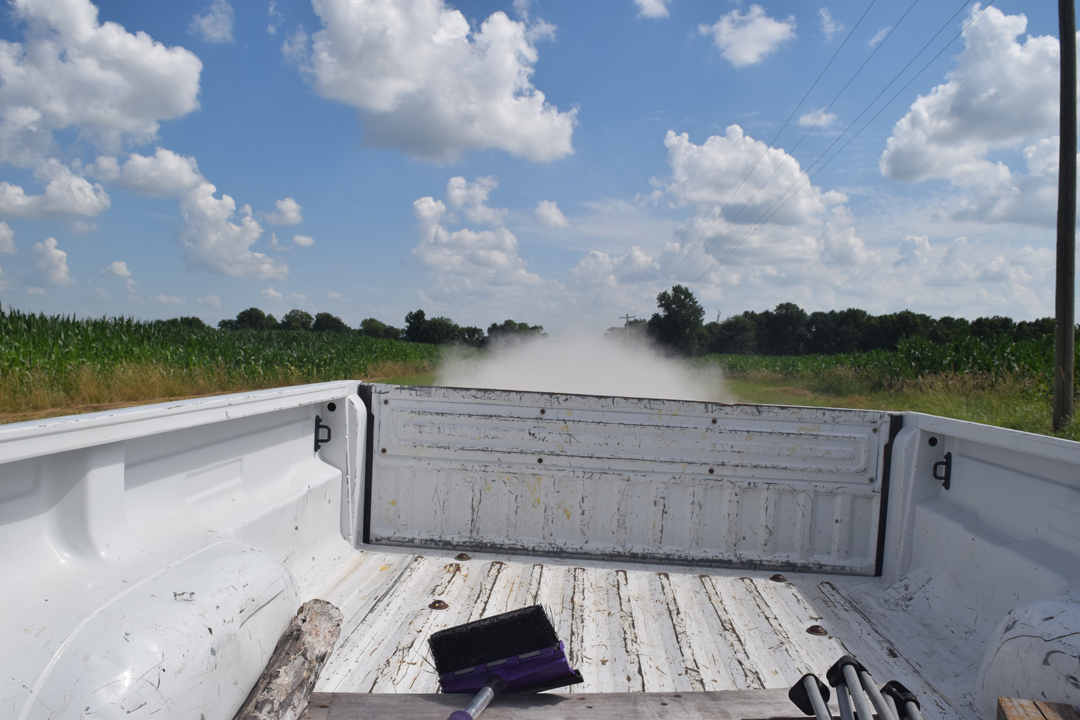What Damage Can a Rear-end Collision Cause?
The shock of a rear-end collision can be highly damaging to your car, potentially making your vehicle unsafe to operate until it’s repaired. Even in cases where the impact didn’t leave a mark, the energy from it can roll through the entire body of your car, causing hidden damage. If you don’t carefully inspect your car after an accident, you could experience performance problems that turn your car into a danger to yourself or others. Learning about the different types of rear-end collision damage can help you identify problems and repair them before they become bigger issues.
In need of collision repair services after a rear-end accident?
Contact Flagstaff Collision Center today!
5 Types of Damage to Look Out For
If you’ve been involved in a rear-end collision, it’s important to search for visible and hidden damage to your car before taking to the road again.
Wheel Alignment Problems
A rear-end collision can be especially damaging to your car’s suspension system, which connects the wheels to the rest of the vehicle. Suspension damage typically manifests as alignment problems with a car’s wheels, which won’t be properly aligned with one another. If this is present, you could strip your tires faster, feel a wobble while driving, or notice your car drifting to one side. These problems can make your car harder and more dangerous to handle and may impact your gas mileage and the speed with which you wear through your tires.
Trunk Damage
Trunk damage can cause an array of secondary problems that pose potential dangers to you, your car, and other drivers. A loose trunk lid is a safety hazard that can pop open while you are driving, obscuring your view and distracting other drivers. A trunk that doesn’t close also poses a security risk, giving someone an easy opportunity to break into your car. Trunk damage may also allow precipitation, debris, or even animals to enter your car, which can pose a risk to the sensitive electronics within your car.
Transmission Damage
All-wheel drive (AWD) and rear-wheel drive (RWD) vehicles are especially vulnerable to transmission damage from a rear-end collision, since that’s where some of their components are stored. Front-wheel drive (FWD) transmissions typically escape rear-end collisions intact, but may be damaged depending on the severity of the impact. If your transmission is damaged, your vehicle will have trouble accelerating and may not be able to move into gear properly. This can create hazards on the road for you, your passengers, and other drivers.
Frame Damage
Your car’s frame is the skeleton that all the other parts attach to, and it can be damaged by a rear-end collision. A bent frame can fail to hold up in a more severe accident, while misaligned sensors and cameras in your car can reduce the reliability of your airbags. A damaged frame that bends your entire car out of shape can sound like an irreparable type of damage, but many times it can be fixed. Failure to repair frame damage can make your car harder to handle on the road and less able to protect you in an accident.
Tail Light and Electrical Problems
Given their position on your car’s rear-end, its tail lights and electrical system are highly vulnerable to an accident. However, the energy from the impact can also threaten the electrical system throughout your car. A collision could loosen or break wires and components, potentially causing them to malfunction and even catch fire. Your car may also become disabled if it cannot properly signal a turn or if the engine can’t transmit power throughout the rest of the vehicle, which can be hazardous if it occurs while you’re driving.
Don't Ignore the Ripple Effect of Rear-End Collision Damage
A rear-end car accident can cause problems for you long after any superficial damage is fixed, if unseen problems are left unchecked. Even seemingly-minor damage, such as misalignments or a faulty light can turn into much bigger and costly problems over time. More serious damage to your suspension, frame, transmission, or trunk can cause your car to wear down faster and may expose you to dangers on the road. Ignoring damage only allows it to further damage your car, making it vital to repair them as soon as possible.
Related: Can a Rear-End Accident Crack Your Radiator?
How Do I Determine if I Have Hidden Damage from a Rear-End Accident?
After you’ve been involved in a rear-end collision, it’s vital that you get your car inspected at an auto body shop for any potential damage. Your accident could be worse than it looks, as even a seemingly-minor accident can impact your entire car. You might not notice the damage until it has caused additional damage to your car or even put you in danger. Working with Flagstaff Collision Center professionals can alert you to any problems you may have missed, saving you money and ensuring that your car is safe to operate on the road.




